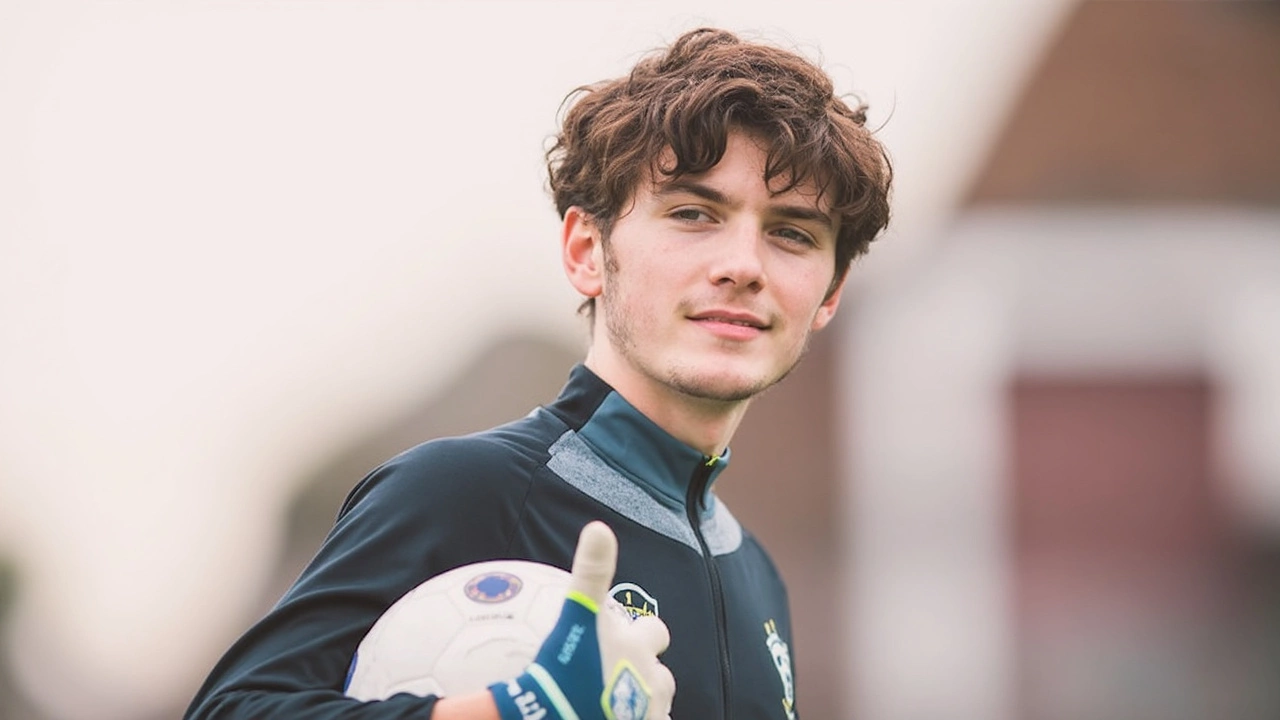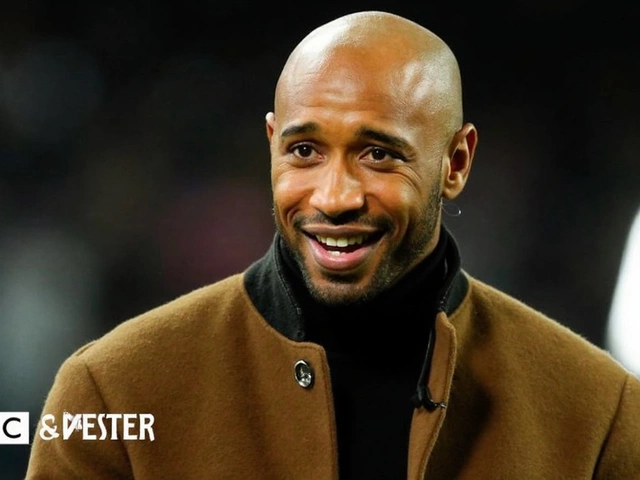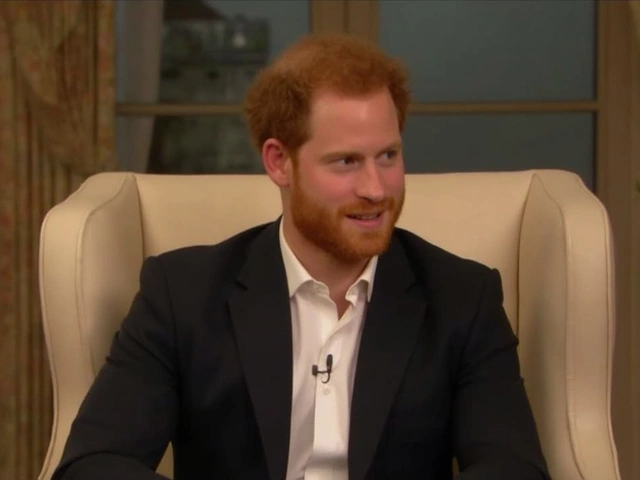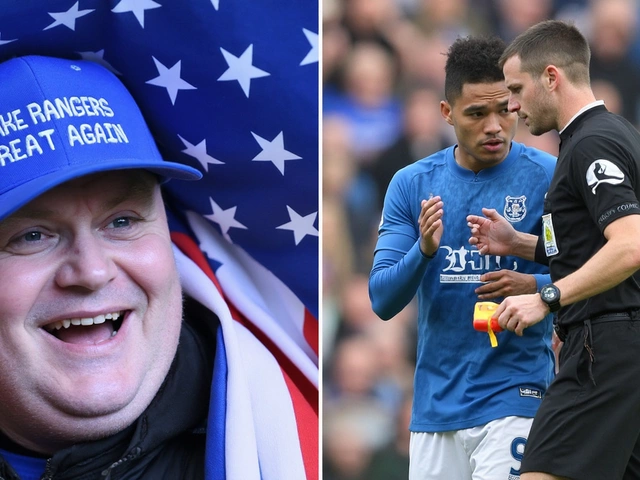Goalkeeper Coach: Essential Tips and Drills
If you’re a coach looking to get the most out of your keepers, you need clear drills, smart feedback, and a plan that grows with each season. This guide breaks down the basics you can start using today, whether you work with youth teams or professional squads. No fluff—just the tools that help goalkeepers improve their reflexes, positioning and confidence.
Fundamental Drills Every Coach Should Use
Start with the “ball‑catch” drill. Have the keeper stand at the goal line, throw the ball straight up and ask them to catch it on the first bounce. This simple exercise sharpens hand‑eye coordination and builds a safe catching habit. Add a partner who passes from different angles, and you turn it into a quick reaction drill.
Next, try “one‑on‑one shadowing”. Set up a small grid, place a shooter 10‑15 yards out and let the keeper close down the attacker. The key is to force the keeper to stay on their feet, move laterally and keep the angle tight. After each round, give specific feedback—like “keep your hips low” or “stay on the line until the shot is taken”. Repeating this drill builds decision‑making under pressure.
Don’t forget “low‑ball saves”. Use a slanted mat or a low net to force the keeper to dive low and keep their legs together. Most keepers neglect low shots, so practicing this often reduces goal‑mouth openings during games. Keep the pace brisk; the faster the shots, the more the keeper learns to react instinctively.
Building a Goalkeeper Development Plan
A solid plan starts with assessment. Record a few training sessions, watch the footage, and note strengths and weaknesses. Use a simple spreadsheet: columns for catching, footwork, distribution and decision‑making. Rank each skill from 1‑5, then set realistic targets for the next month.
Mix technical work with mental training. Goalkeepers thrive on confidence, so include short visualization exercises before each practice. Ask the keeper to picture making a diving save or distributing the ball cleanly. Pair this with positive reinforcement—celebrate every correct technique, no matter how small.
Schedule progressive challenges. Once the keeper is comfortable with basic drills, add complexity: introduce crossing balls, quick transitions, or small‑sided games where the keeper must act as a sweeper‑keeper. The goal is to simulate match situations without overwhelming them.
Finally, track progress weekly. A quick 5‑minute test at the end of each session—like catching 10 high balls or saving three shots from the corners—gives measurable data. When the numbers improve, you know the plan works; when they stall, adjust the drill or increase intensity.
Remember, a good goalkeeper coach is part teacher, part psychologist. Keep communication open, ask the keeper how they feel, and tweak the program based on their feedback. By staying consistent and using these focused drills, you’ll see your keepers get faster, more confident, and ready for any challenge on the pitch.

Cameron Crook, a young 22-year-old Brentford Women's goalkeeper coach, juggles his time between training the team and creating content for the *S-he's a Keeper* social media channel. A lifelong fan of the club, he deftly combines his passion for football and creativity, guiding the team's defense to an impressive performance this season.
Continue Reading





